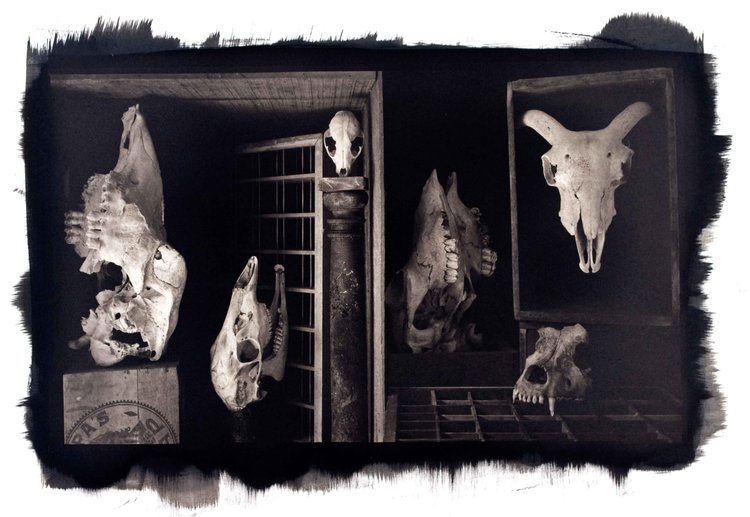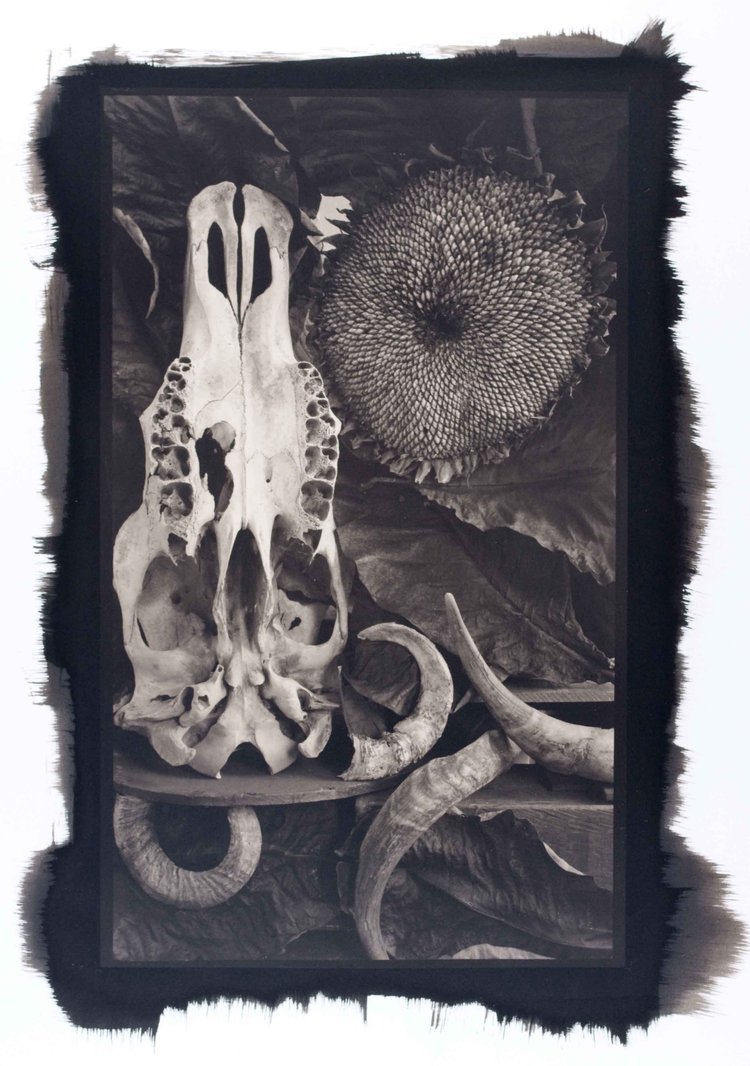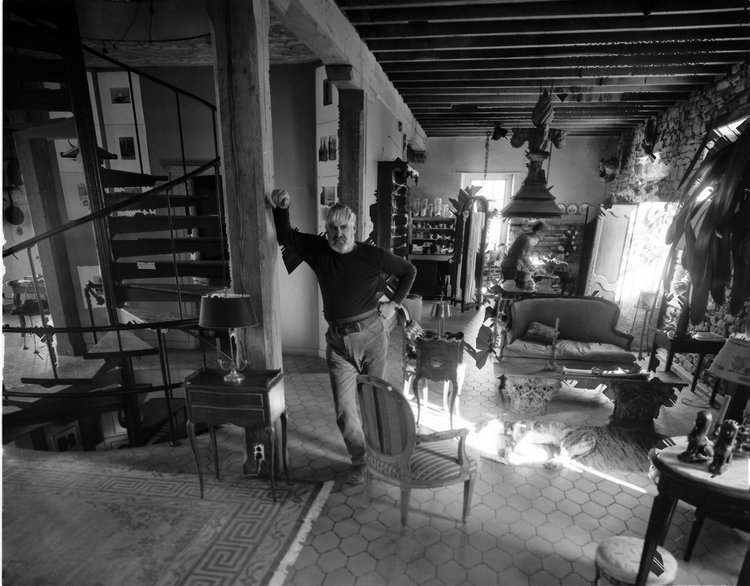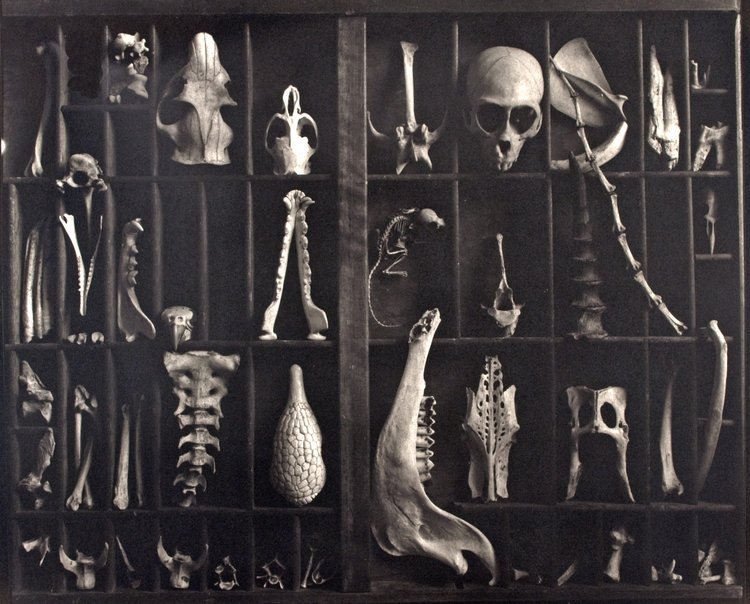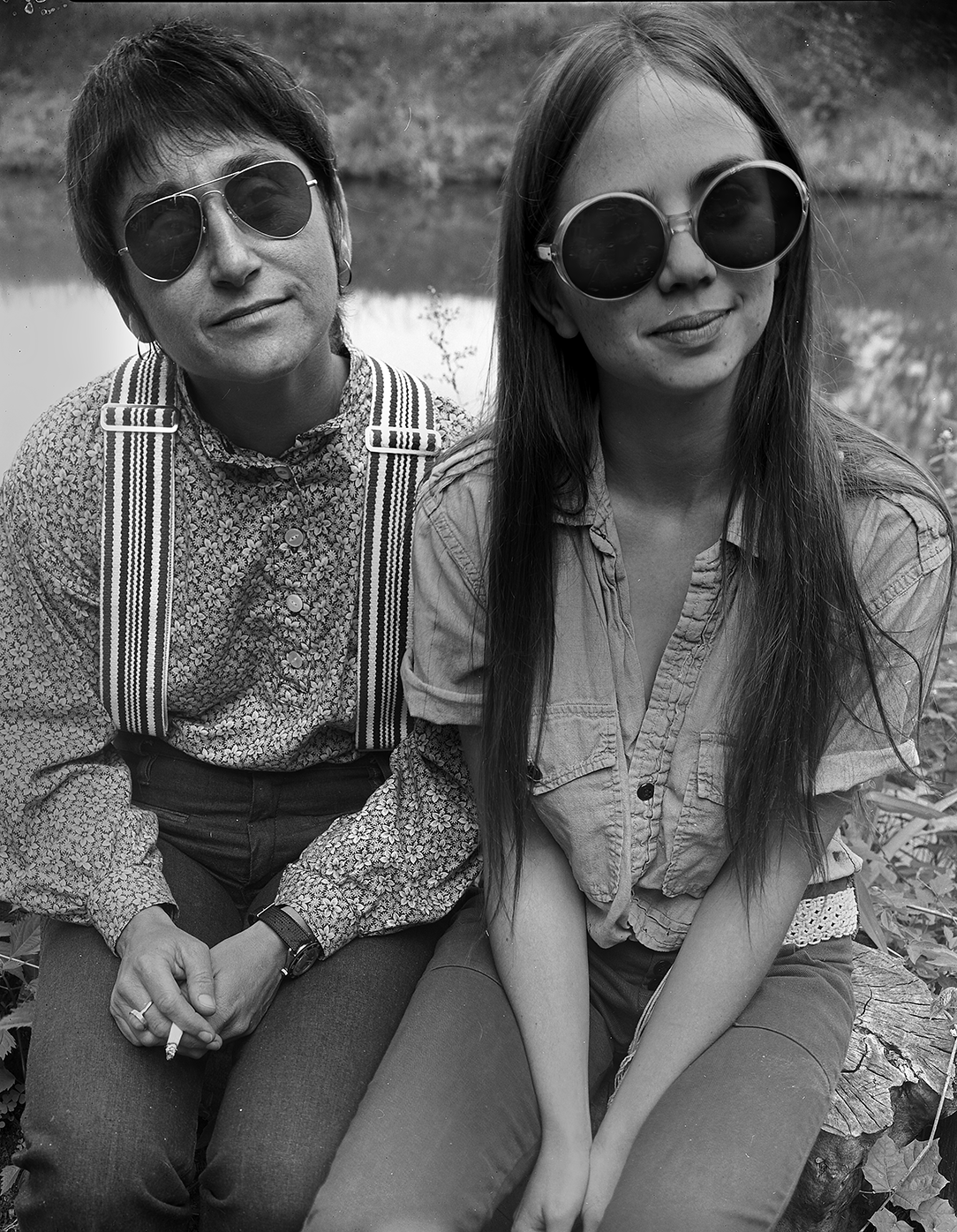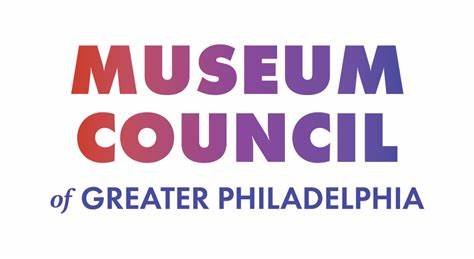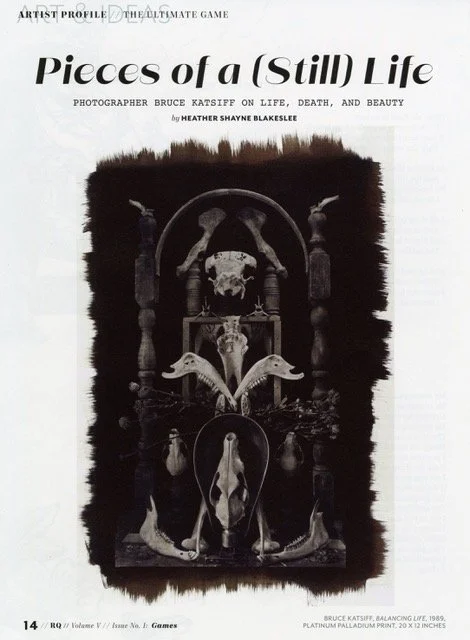ARTIST: BRUCE KATSIFF
Art Histories are highly curated presentations of an artists’ life’s work provided for appreciators today, scholars of tomorrow, and generations to come.
Bruce Katsiff is an accomplished photographer whose poignant and varied work encompasses environmental portraiture, collage, and carefully curated constructions of bones and decay. Seeing elegance beyond the surface, Katsiff’s work reveals complexity and empathy as well as a virtuosity with camera and darkroom. His Platinum Palladium and Gelatin Silver prints made with a 20” x 24” view camera are a testament to the manner in which his work combines science with the magical and unknowable beyond the lens.
Katsiff earned his BFA from the Rochester Institute of Technology and his MFA from Pratt Institute. His work has been exhibited at the Museum of Modern Art and is held in the collections of the Museum of Fine Arts Houston, the Pennsylvania Academy of the Fine Arts, and the Philadelphia Museum of Art. Katsiff has published two monographs on his work, with Nature Morte accompanying his solo exhibition at the Delaware Art Museum.
Born in Philadelphia where he attended Central High School, Bruce Katsiff went on to study photography at Rochester Institute of Technology and completed graduate work at Pratt Institute, earning BFA and MFA degrees. He also attended postgraduate studies at Oxford University. His work has been exhibited in museums and galleries including the Museum of Modern Art, the Philadelphia Museum of Art, and the Pennsylvania Academy of Fine Art. For 25 years, he taught photography and from 1989 to 2012 served as Director/CEO of the James A. Michener Art Museum.
“Photographers believe in the power of vision. To see is to know. To photograph is to learn.”
COLLECTION: NATURE MORTE
Click on an image to expand
Artist Statement
In the spring of 1983, I became fascinated with the carcass of a deer I found decaying in the woods across from my home in Lumberville. My camera will often follow my interests, and I began to photograph the animal as it melted into the earth. These early photographs started the series Natural Morte. As the work progressed, I brought my subjects into the studio and began to construct environments to be photographed. In the later work, there is narrative content beneath the visual organization.
While my subject matter might be unsettling for some, for me, the “creatures” that I record reveal the structure beneath the surface. Many of my subjects are not “born” until the death of their hosts. I find great beauty in my subjects. When the smoothness and finish of the outer surface are removed, the forms underneath hint at the mystery of life. Even the unseen elements of life reveal a design and grace that is beyond the reach of man’s ability to create and understand.
These pictures intend to share with the viewer my discoveries of elegance and beauty in lives lived.
Interested in learning more about this collection? Purchase Nature Morte: Photographs by Bruce Katsiff by Curator of American Art, Delaware Art Museum Heather Campbell Coyle.
Click here to purchase.
© Bruce Katsiff, Winged Equine, Platinum Palladium Prints, 20” x 12”, 2012
CATALOG
Introduction written by Peter Barberie, Curator of Photographs, Philadelphia Museum of Art
“Bruce’s photography, characterized by finely-crafted prints and a wondrous array of studio curiosities, reveals his love for the origins and history of the medium. Like Peale, he embraces art’s essential task to show us things in the world as well as its mysterious potential to transport us into imaginative realms.” -Peter Barberie
© Bruce Katsiff, Cover of Nature Morte: Photographs by Bruce Katsiff.
ESSAY
Nature Morte: Photographs by Bruce Katsiff
Written by Heather Campbell Coyle, Curator of American Art, Delaware Art Museum
“For the photographs in Nature Morte, Katsiff felt free to pick and choose the elements of straight photography that appealed to him: composing his images as full frames and printing with rich detail. He combined these modern methods with his postmodern directorial sensibility.” -Heather Campbell Coyle
Click here to read the full essay.
Collection: River Town Portraits
Click on an image to expand
Artist Statement
In the fall of 1968, my pregnant wife, Jo, and I rented a small house adjacent to the Delaware Canal and River in the Rip Van Winkle village of Lumberville, Pennsylvania. We were both big-city kids with little knowledge of life in a rural village. I had just begun my first post-college job, teaching photography and art in a local community college. In late December of that same year, our son, Timothy, was born, and the three of us began our lives as a young family now settled into our new community in the Bucks County countryside.
In the early 1970s, I began to photograph residents of Lumberville and the surrounding river towns of Point Pleasant, Center Bridge, Stockton, Lambertville, and New Hope. With the town general store and post office as the community center, it was easy to meet neighbors and gain access to their homes for portraits. Working in black and white, mainly with a 4-by-5 view camera on a tripod, I spent the next ten years documenting my friends and neighbors who lived along the river. The community was populated by a diverse group of souls ranging from old-timers who had spent many generations living in the village to city folks who had recently escaped the urban jungle to plant gardens and watch the river flow.
With a distance of more than forty years, I revisited these negatives and selected the best images to present the community in portraits. I am indebted to Jeff Marshall for his skillfully researched history of the region and to Liz Sheehan for her thoughtful essay about love, life, loss, work, and leisure. In 2007, after thirty-eight years, my wife and I moved out of the village and have recently returned to city life. We treasure our time spent living in Lumberville and hope you will find interest in exploring the portraits of these river-town folks.
Interested in learning more about this collection? Purchase River Town Portraits: Photographs by Bruce Katsiff.
Click here to purchase.
PRESS
Bruce Katsiff, Photo credit: Emma Lee for WHYY
Amie Potsic interviewed Bruce Katsiff about his works in Through the Lens which was on view at the Michener Art Museum, and his involvement within the art community.
SAI serves artists in the Philadelphia region by providing educational information about preserving artists’ heritages. Click the video to watch the full segment featuring Katsiff.
Artist Talk by Bruce Katsiff presented to the Museum Council of Greater Philadelphia
Click the video to watch the full segment
Highlights Include:
Art: He made the Michener what it is
Written by Edward J. Sozanski
Of Nudes, Madman, and Nature’s Beauty
Written by Gene Thornton
Photos document how history lives on in river town of Lumberville
Written by Elisabeth Perez-Luna
© Bruce Katsiff, Bob and Lillian Russell, two Lithuanian souls, 1972, Gelatin Silver Print, 8 x 10 inches
Pieces of a (Still) Life
Photographer Bruce Katsiff on Life, Death, and Beauty
Written by Heather Shayne Blakeslee, Root Quarterly Magazine
Bruce Katsiff artwork featured in Root Quarterly Magazine © Bruce Katsiff
© Bruce Katsiff, Balancing Life, 1989, Platinum Palladium Print, 20 x 12 inches
To acquire artwork from Bruce Katsiff’s collection: visit our Advisory Showroom.
Click here to download Bruce Katsiff’s CV.
To learn more about the artist: https://www.brucekatsiff.com/ and follow him on Facebook.com/BruceKatsiffPhotographer.
CREATE HISTORY NOW
Our Art Histories program features highly curated presentations of an artist’s life’s work provided for appreciators today, scholars of tomorrow, and generations to come. Creating your own art history is an important opportunity for artists to shape their own legacy.
By documenting, exhibiting, and publishing their artwork as well as placing works with institutions and collections, we help artists give the gift of creativity now and tomorrow. To learn more about Legacy Planning, contact us directly to schedule a consultation.



